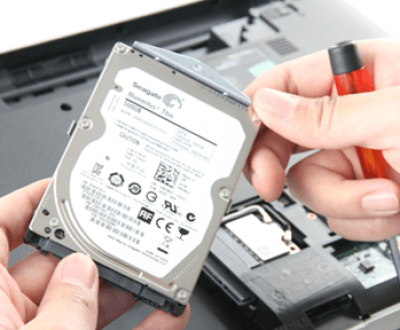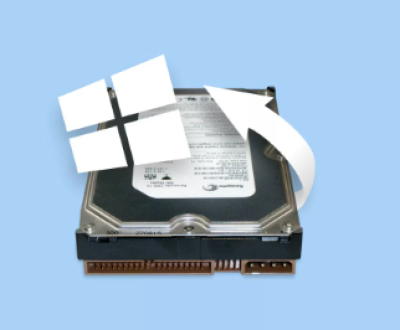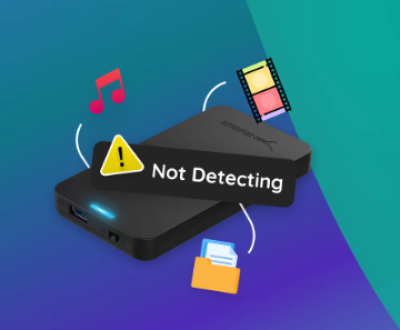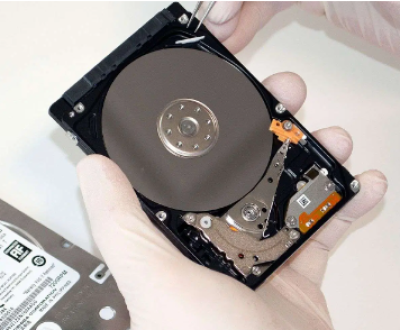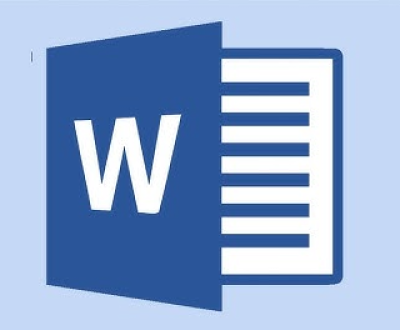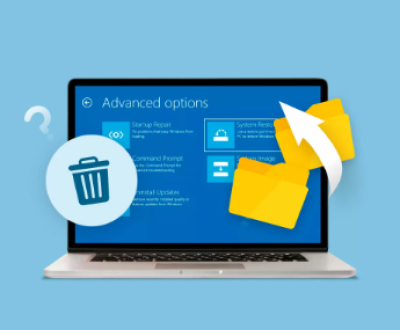Formatting an external hard drive is a crucial step when preparing a storage device for use with a specific operating system. In this case, we will focus on formatting an HP external hard drive for macOS, a system that has specific file systems and protocols for proper functionality. The process of formatting is relatively straightforward, but it involves several critical steps to ensure that the drive is optimized for Mac use.
Before beginning, it’s essential to understand the reasons behind formatting a hard drive and the various file systems supported by macOS. Formatting ensures that your hard drive is free of any potential issues and is configured in a way that allows for maximum compatibility with macOS. Additionally, the type of file system you choose to format your drive with will determine how data is stored and transferred, affecting the drive’s speed and interoperability.

The macOS operating system typically uses two primary file systems: HFS+ (Mac OS Extended) and APFS (Apple File System). Understanding the difference between these two will help you make the right choice when formatting your drive.
Step 1: Backup Your Data
Before formatting your external hard drive, it’s important to ensure that any files you need are backed up. Formatting a drive will erase everything on it, so take the time to transfer any important files to another storage device, cloud storage, or your Mac’s internal hard drive.
How to Backup Your Data:
Connect your HP external hard drive to your Mac.
Open Finder, and locate the external hard drive in the sidebar.
Copy any important files to a safe location, such as your desktop or another external device.
After backing up, double-check to make sure all files are properly copied and accessible.
Once you’ve confirmed your data is backed up, you can proceed to format the external hard drive.
Step 2: Connect the HP External Hard Drive to Your Mac
Make sure the HP external hard drive is securely connected to your Mac. Use a USB cable (or Thunderbolt, if applicable) to link the drive to one of the Mac’s USB or Thunderbolt ports. Once connected, you should see the external hard drive appear on your Mac’s desktop or in the Finder sidebar.
Step 3: Open Disk Utility
Disk Utility is a built-in macOS application that allows you to manage storage devices, including formatting and partitioning external hard drives. Follow these steps to open Disk Utility:
Click on the Finder icon in the dock.
In the Finder menu bar, select Go > Utilities.
From the Utilities folder, double-click on Disk Utility to open it.
Alternatively, you can search for Disk Utility using Spotlight (press Command + Space and type “Disk Utility”).
Step 4: Select the HP External Hard Drive
In Disk Utility, you’ll see a list of all storage devices connected to your Mac. Look for your HP external hard drive on the left-hand side of the window. It will usually appear under the “External” section. Select your HP external hard drive from the list.
Step 5: Erase the External Hard Drive
To begin the formatting process, click on the Erase button at the top of the Disk Utility window. This will open a new dialog box where you can configure the settings for the format.
Step 5a: Choose the File System Format
There are a few different file systems that macOS supports. The choice of file system depends on how you plan to use the external hard drive.
APFS (Apple File System): This is the default file system for macOS High Sierra (10.13) and later. APFS is optimized for solid-state drives (SSDs) and offers features such as faster read/write speeds, data encryption, and space sharing. It is ideal for newer Macs with SSDs.
Mac OS Extended (HFS+): This is the older file system that was used by macOS before APFS. It’s still commonly used for hard drives that aren’t SSDs and is compatible with older versions of macOS. It’s a good choice if you plan to use your external drive with older macOS versions or traditional hard disk drives (HDDs).
ExFAT: If you plan to use the external hard drive with both macOS and Windows, ExFAT is a good choice. It’s compatible with both operating systems and allows for large file sizes (over 4GB). However, it lacks advanced features like encryption and file versioning.
FAT32: This file system is compatible with both macOS and Windows but has limitations, including a maximum file size of 4GB. It’s less commonly used for modern drives but can be useful for smaller, legacy devices.
Step 5b: Name Your Drive
In the Name field, enter a name for your external hard drive. This will be how the drive appears on your Mac. Choose a name that helps you easily identify it, especially if you have multiple external drives connected.
Step 5c: Choose the Scheme
Next, choose the partition scheme. The partition scheme determines how the storage space on your external hard drive is organized:
GUID Partition Map: This is the recommended scheme for most Mac users, especially if you plan to use the external drive only with macOS.
Master Boot Record (MBR): This scheme is used for compatibility with older PCs and is typically chosen if you plan to use the drive with both macOS and Windows.
Apple Partition Map: This is used for older Mac systems (PowerPC-based Macs) and is not commonly needed for modern Intel-based Macs.
Step 6: Format the Drive
Once you’ve selected the file system and partition scheme, click on the Erase button. This will begin the process of formatting the drive. Depending on the size of your external hard drive, this process may take several minutes. When the process is complete, the external hard drive will be formatted according to the specifications you’ve chosen.
Step 7: Verify the Format
Once the external hard drive is formatted, it will appear in the Disk Utility window as a new, empty volume. You can now close Disk Utility and begin using the external hard drive with your Mac.
Step 8: Eject the External Hard Drive
Before physically disconnecting the external hard drive from your Mac, always make sure to safely eject it to prevent data corruption.
In Finder, locate the external hard drive in the sidebar.
Click on the Eject button next to the drive’s name.
Alternatively, right-click on the drive’s icon and select Eject.
Wait for the drive’s icon to disappear from the desktop and Finder, indicating it’s safe to unplug. Once this happens, you can physically disconnect the drive from your Mac.
Troubleshooting Common Issues
Drive Not Showing Up: If the HP external hard drive doesn’t show up in Disk Utility or Finder, try reconnecting the drive or using a different USB port or cable. You may also want to check the system preferences to see if external devices are allowed.
Formatting Errors: If you encounter any errors during the formatting process, try restarting your Mac and attempting the formatting again. Ensure that the external hard drive is functioning correctly and that you’ve backed up any important data.
Incompatible File Systems: If you select a file system that is incompatible with macOS (like NTFS for Windows-only use), your Mac might not be able to read or write to the drive without additional software. Be sure to choose a compatible format, such as HFS+, APFS, or ExFAT, based on your needs.
About us and this blog
Panda Assistant is built on the latest data recovery algorithms, ensuring that no file is too damaged, too lost, or too corrupted to be recovered.
Request a free quote
We believe that data recovery shouldn’t be a daunting task. That’s why we’ve designed Panda Assistant to be as easy to use as it is powerful. With a few clicks, you can initiate a scan, preview recoverable files, and restore your data all within a matter of minutes.
Subscribe to our newsletter!
More from our blog
See all postsRecent Posts
- How to recover data from portable hard drive 2025-07-10
- How to recover data from a broken hard drive 2025-07-10
- How do i recover files from a formatted hard drive 2025-07-10

 Try lt Free
Try lt Free Recovery success rate of up to
Recovery success rate of up to

